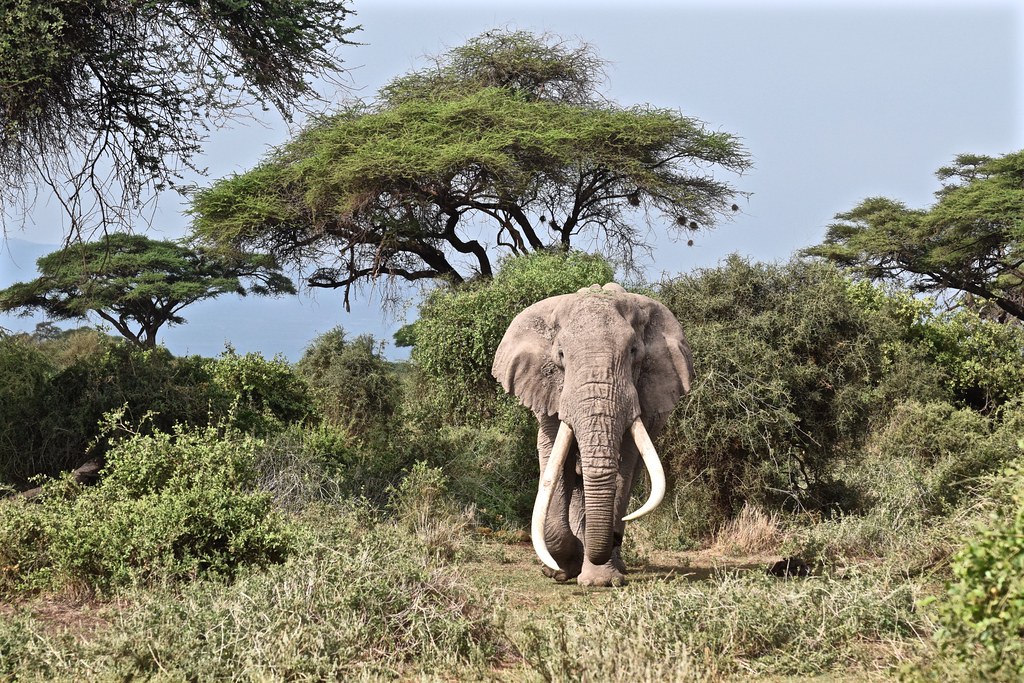Things to Do in East African Safaris
Introduction & Overview
East Africa is a region where landscapes, cultures, and wildlife converge to create some of the most unforgettable travel experiences on the planet. Renowned as the birthplace of the safari, it offers adventures that stretch far beyond the boundaries of game drives alone. From the wide savannahs of Kenya and Tanzania to the misty forests of Uganda and Rwanda, East Africa reveals itself as a destination where every journey is layered with discovery. A safari here is not a single activity but a mosaic of experiences that allow travelers to connect with the wild, with people, and with themselves in ways that are deeply transformative.
Game Drives Across the Savannah
No East African safari would be complete without the classic game drive. In Kenya’s Maasai Mara or Tanzania’s Serengeti, open plains dotted with acacia trees set the stage for dramatic encounters with lions, elephants, and giraffes. Uganda’s Queen Elizabeth National Park adds a different flavor with its tree-climbing lions, while Amboseli in Kenya presents herds of elephants against the snow-capped backdrop of Mount Kilimanjaro. Game drives, whether at dawn or dusk, capture the raw essence of East Africa’s wilderness and remain the foundation of most safari itineraries.
Gorilla and Chimpanzee Trekking
Beyond the savannahs, East Africa is the only region in the world where travelers can encounter mountain gorillas. Trekking through Uganda’s Bwindi Impenetrable Forest or Rwanda’s Volcanoes National Park to spend an hour with these gentle giants is often described as life-changing. In Uganda’s Kibale National Park, chimpanzee trekking provides another primate adventure, offering intimate insights into the lives of our closest relatives. These experiences highlight the diversity of East African safaris, where the jungle becomes as captivating as the grasslands.
Witnessing the Great Migration
Every year, one of nature’s grandest spectacles unfolds across the Serengeti and Maasai Mara: the Great Wildebeest Migration. Over two million wildebeest, zebras, and gazelles move in a cycle that covers hundreds of kilometers, driven by rainfall and the search for grazing. The river crossings, particularly the Mara River, are dramatic moments filled with suspense as predators lie in wait. Yet the quieter calving season in the Ndutu region of Tanzania is equally mesmerizing, as thousands of newborns take their first steps in a landscape alive with both hope and danger. Witnessing the migration in any of its phases is an unparalleled safari highlight.
Walking Safaris and Nature Walks
For those who want to experience the bush more intimately, walking safaris offer an entirely different perspective. In conservancies around the Maasai Mara or the Laikipia Plateau, travelers step into the wild on foot, guided by experts who teach how to read animal tracks, identify bird calls, and understand the subtleties of the ecosystem. In Uganda’s forests, guided walks reveal the hidden world of medicinal plants, butterflies, and birdlife. These experiences emphasize details often missed from a vehicle, turning every footstep into an act of discovery.
Birdwatching Adventures
East Africa is a birdwatcher’s paradise, with Uganda alone boasting more than 1,000 bird species. From the shoebill stork in Mabamba Swamp to flamingos painting Lake Nakuru pink, the region offers dazzling variety. Tanzania’s Rift Valley lakes host vast flocks, while Rwanda’s Nyungwe Forest presents rainforest species rarely seen elsewhere. Birdwatching here is not just a niche activity but a central element of the safari experience, enriching every journey with color and song.
Cultural Encounters
Safaris in East Africa are not limited to wildlife. They are also journeys into human cultures that have shaped the region for centuries. Visiting Maasai villages in Kenya or the Himba-like Karamojong communities in Uganda allows travelers to learn about traditional pastoralist lifestyles. Rwanda’s cultural centers and Uganda’s Batwa trails highlight the resilience of communities that have lived alongside wildlife for generations. These cultural encounters deepen the safari experience, reminding visitors that East Africa’s richness lies in its people as much as its animals.
Boat and Water Safaris
East Africa’s rivers and lakes provide opportunities for safaris on water. A boat cruise along the Kazinga Channel in Queen Elizabeth National Park brings travelers face-to-face with hippos, crocodiles, and elephants cooling by the water’s edge. In Murchison Falls National Park, boat safaris along the Nile lead to the base of the roaring waterfall, combining dramatic scenery with abundant wildlife. Lake Naivasha in Kenya and Lake Victoria in Uganda also offer tranquil water-based experiences, expanding the safari beyond the road or footpath.
Mountain and Hiking Adventures
East Africa’s beauty is not confined to the plains. The towering peaks of Mount Kilimanjaro and Mount Kenya attract climbers from around the world, while Uganda’s Rwenzori Mountains—often called the Mountains of the Moon—offer treks through glaciers, alpine meadows, and tropical forests. For those who seek adventure beyond wildlife, these hiking opportunities reveal the region’s rugged, less-traveled side.
A safari in East Africa is not a single story but a collection of chapters, each unfolding in a different landscape and through a different lens. Whether it is the thrill of a lion sighting, the quiet awe of gorilla trekking, the drama of the Great Migration, or the warmth of cultural encounters, every experience contributes to the region’s extraordinary allure. East Africa offers travelers the chance to feel the pulse of nature, the heartbeat of communities, and the timeless rhythm of landscapes that have remained wild for millennia. For those seeking more than just a holiday, an East African safari is a journey of immersion, discovery, and transformation.





